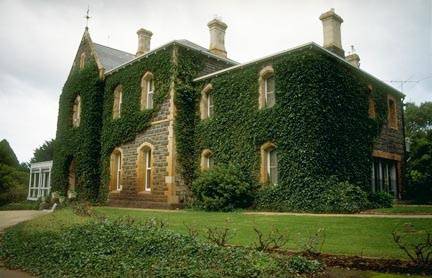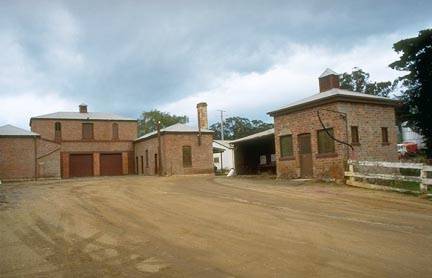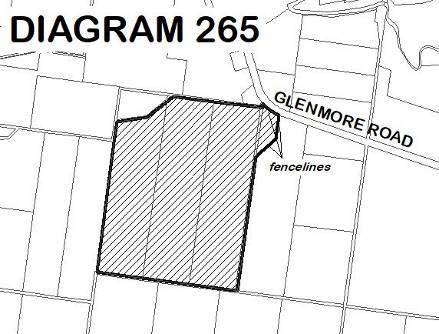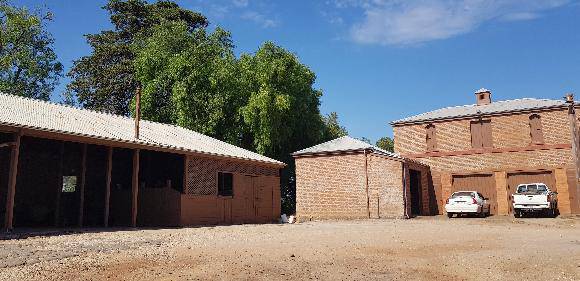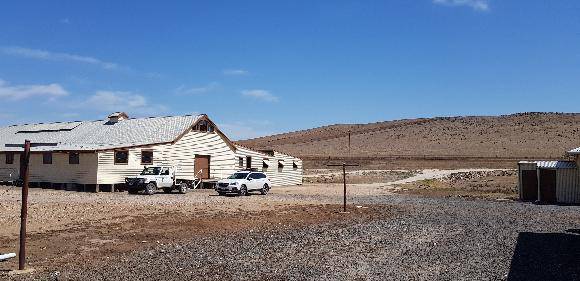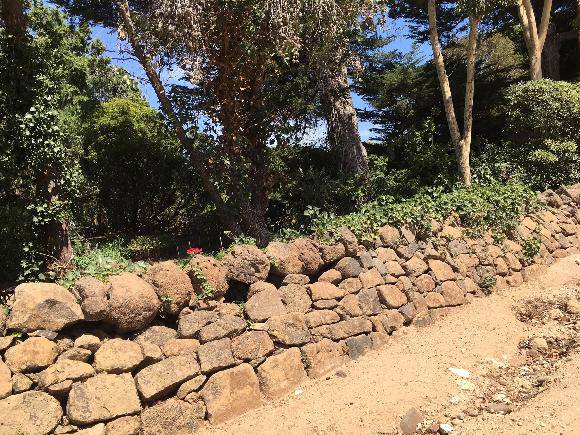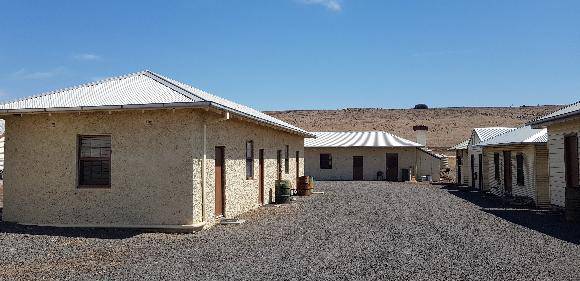| Back to search results » | Back to search page » |
|
GREYSTONES
Other NameGREYSTONES HOMESTEAD AND OUTBUILDINGS Location565 GLENMORE ROAD ROWSLEY, MOORABOOL SHIRE
File Number601797LevelRegistered |
|
Statement of Significance
WHAT IS SIGNIFICANT? HOW IS IT SIGNIFICANT? Criterion A Criterion D Criterion H WHY IS IT SIGNIFICANT? Greystones is historically significant as a substantial and largely
intact pastoral property with a clear association with the development
of nineteenth-century pastoral runs. The homestead, garden and
parkland setting reflect the wealth, taste and lifestyle of
pastoralists in Victoria in the late nineteenth century. The many
intact outbuildings, designed and built to perform specific
agricultural functions, clearly articulate the various activities
required in the operation of a large pastoral property in the
nineteenth and twentieth century. [Criterion A] Greystones is architecturally significant for its fine and notable
example of a large pastoral homestead and related outbuildings. Its
homestead retains a large number of characteristics typical of
pastoral properties in the Western District of Victoria, including
homestead of fine Gothic design set in extensive garden. An array of
nineteenth-century outbuildings associated with both the homestead and
the agricultural life of the property are intact. The homestead is an
important domestic work by the Melbourne architects Lloyd Tayler and
Frederick Wyatt and demonstrates high quality workmanship in local
stone. Its extensive homestead garden retains its late
nineteenth-century layout and planting character, including kitchen
garden, terraces, rockeries and collection of conifers. [Criterion D] Greystones is significant for its association with notable
pastoralists Charles Griffith and Molesworth Greene, and with business
leader Sir William Angliss. Griffith and Greene developed Glenmore and
Greystones stations from the 1840s and were influential in the
development of pastoralism in Victoria. Greene was noted for the
improvements he brought to the practice of agriculture including in
water conservation, cultivation of grasses and use of share-farming.
Angliss was an influential pastoralist and businessman who pioneered
frozen meat exporting in Australia and by the 1930s dominated the
industry. Greystones is an important example of one of Angliss's
pastoral stations. [Criterion H]
Greystones including the interiors and
exteriors of the homestead and other nineteenth-century buildings,
homestead garden, parkland setting and other landscape elements. Staff
houses constructed in the second half of the twentieth century are not
of primary cultural heritage significance. Modern sheds and
agricultural buildings, metal water tanks and the tennis court are not
significant.
Greystones is of historical and
architectural significance to the State of Victoria. It satisfies the
following criterion for inclusion in the Victorian Heritage Register:
Importance to the course, or pattern, of Victoria's
cultural history.
Importance in demonstrating the principal
characteristics of a class of cultural places and objects.
Special association with the life or works of a
person, or group of persons, of importance in Victoria's history.
Greystones is significant at the State
level for the following reasons:
Group
Farming and Grazing
Category
Gate


